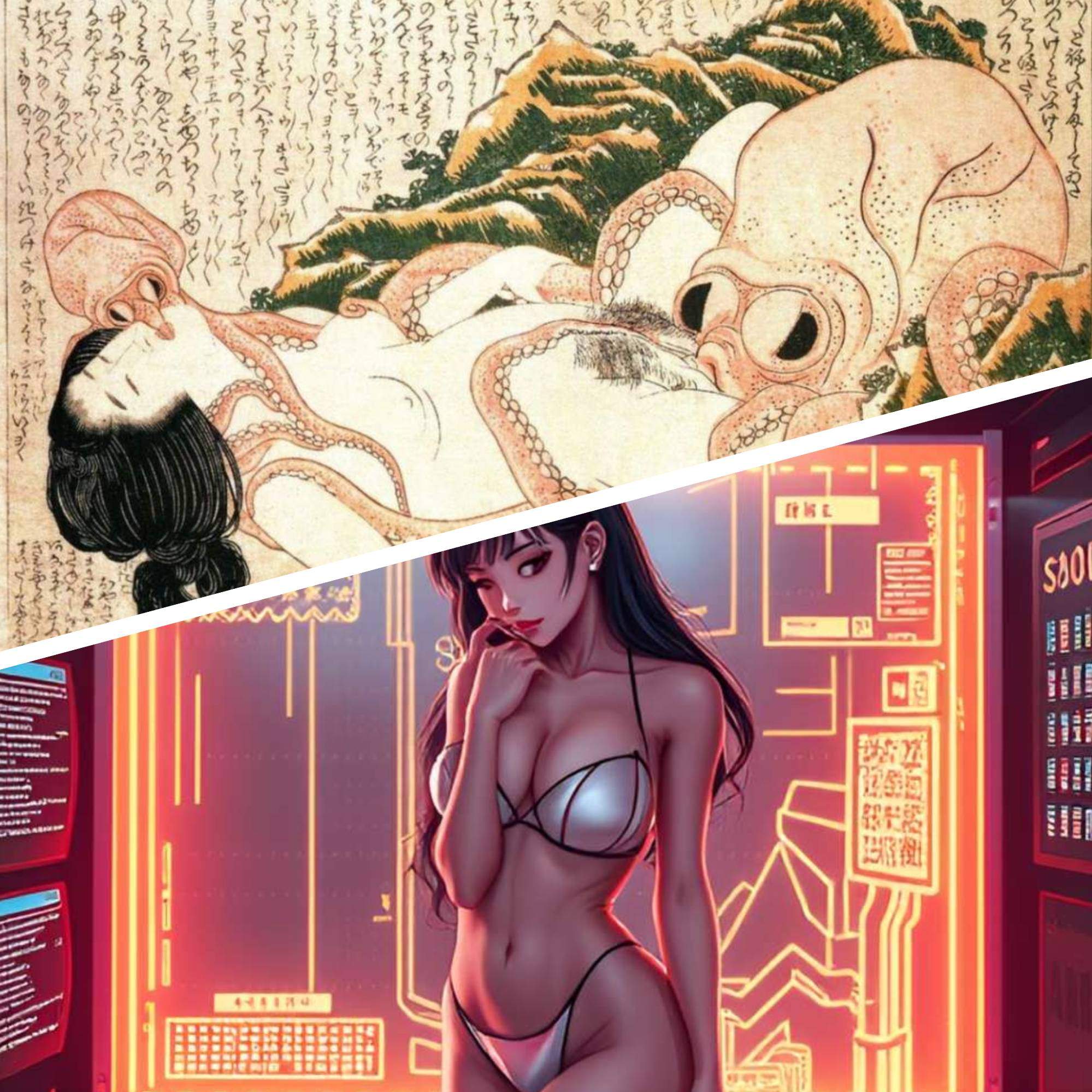Hentai, a Japanese art genre blending eroticism and pornography, has undergone a remarkable evolution since its origins. From traditional erotic prints to modern digital creations, hentai has adapted to technological advancements, culminating in the emergence of artificial intelligence (AI) in the creative process.
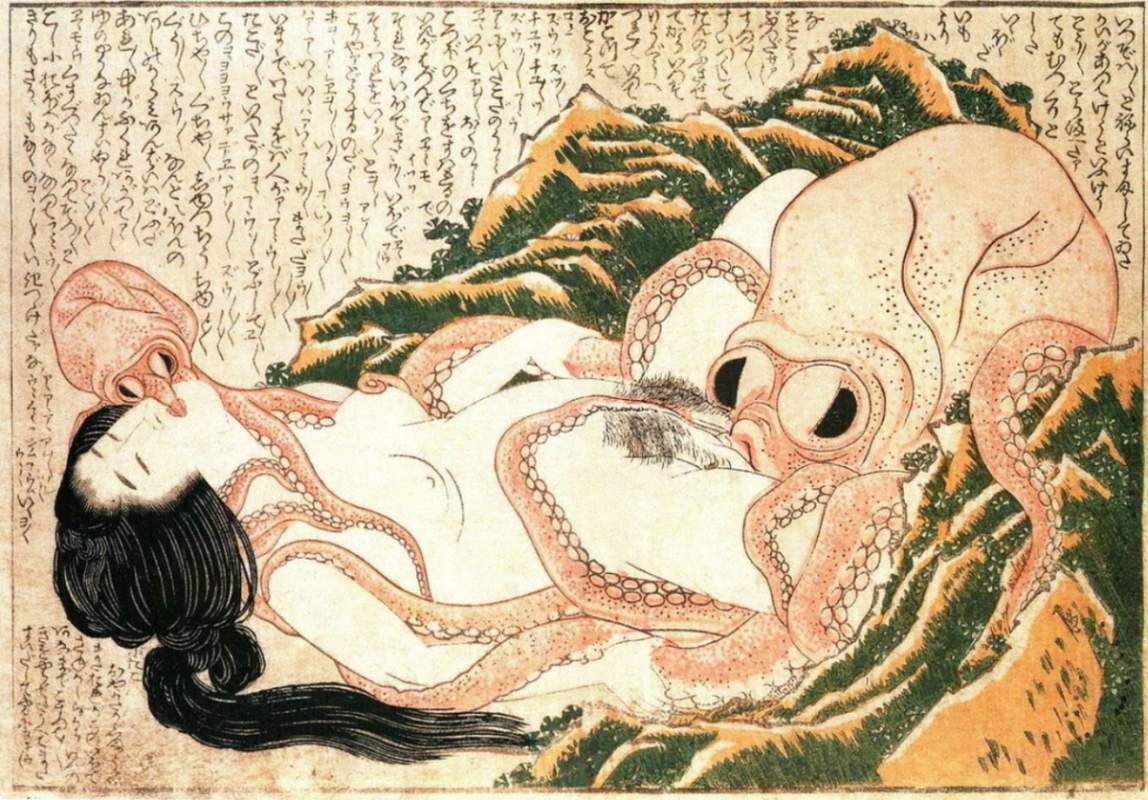

The integration of AI into hentai creation marks a major turning point, opening new artistic perspectives and raising ethical questions. This fusion of art and technology testifies to the cultural importance of hentai and its ability to push the boundaries of creative expression in the digital age.
> Discover the best AI hentai platforms now
The roots of hentai in Japanese art
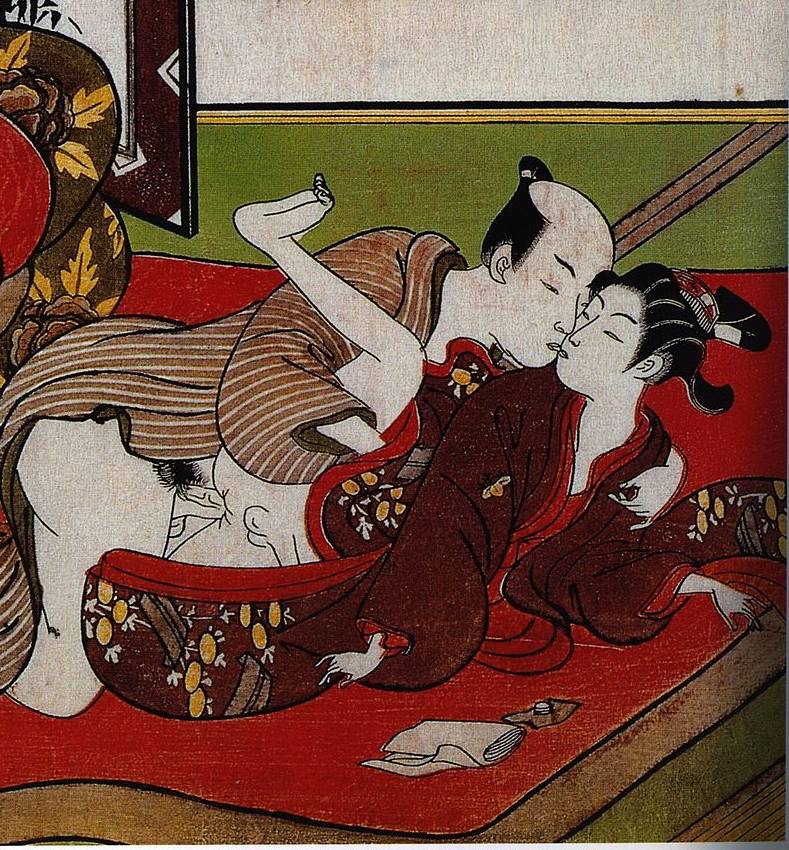
Hentai finds its roots in traditional Japanese erotic art, particularly shunga. Appearing in the 17th century, shunga refers to prints and paintings depicting explicit sexual scenes. These works, often created by renowned artists, were widely disseminated and appreciated in Japanese society of the time.
The term « hentai » itself has undergone an interesting semantic evolution. Originally, it simply meant « transformation » or « metamorphosis. » In the early 20th century, it began to be used in the context of sexuality to refer to behaviors considered deviant or perverse.
It was in the 1970s that the term « hentai » began to be associated more specifically with manga and anime with explicit sexual content. This evolution reflects the lasting influence of traditional erotic art on modern Japanese popular culture, while marking a new stage in the expression of sexuality through visual media.
The development of hentai in popular culture
Hentai experienced a remarkable boom in Japanese popular culture starting in the 1970s. This period saw the emergence of genre pioneers who helped define the aesthetic and narrative codes of modern hentai.
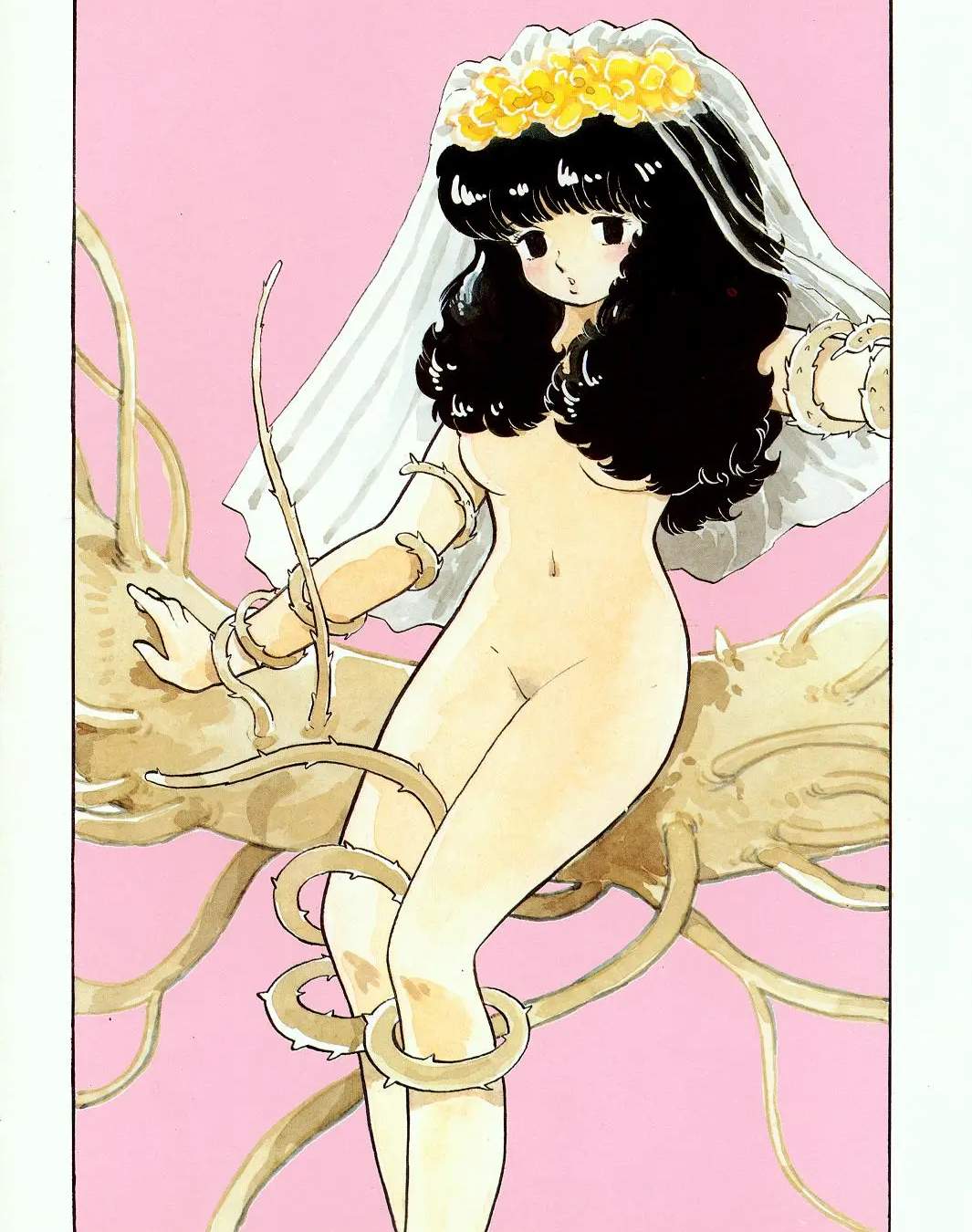
One of the key moments in this evolution was the publication of « Cybele » by Azuma Hideo in 1979, considered a foundational work of the iconic hentai style. In the field of animation, although attempts existed as early as the 1930s, it was truly in 1984 with the release of « Lolita Anime » by Wonderkid that the genre took off.
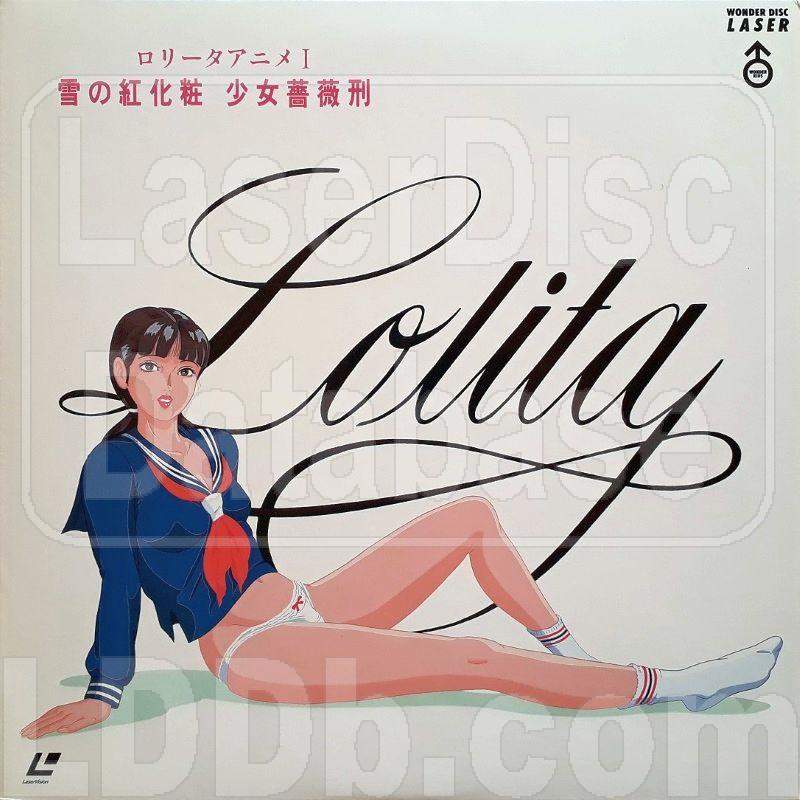
The 1990s marked the golden age of hentai and its international expansion. The distribution of « Urotsukidōji » in the United States in 1993 paved the way for a wave of hentai content in the Western market. Companies like A.D. Vision and Central Park Media played a crucial role in this globalization, distributing many titles under different labels.
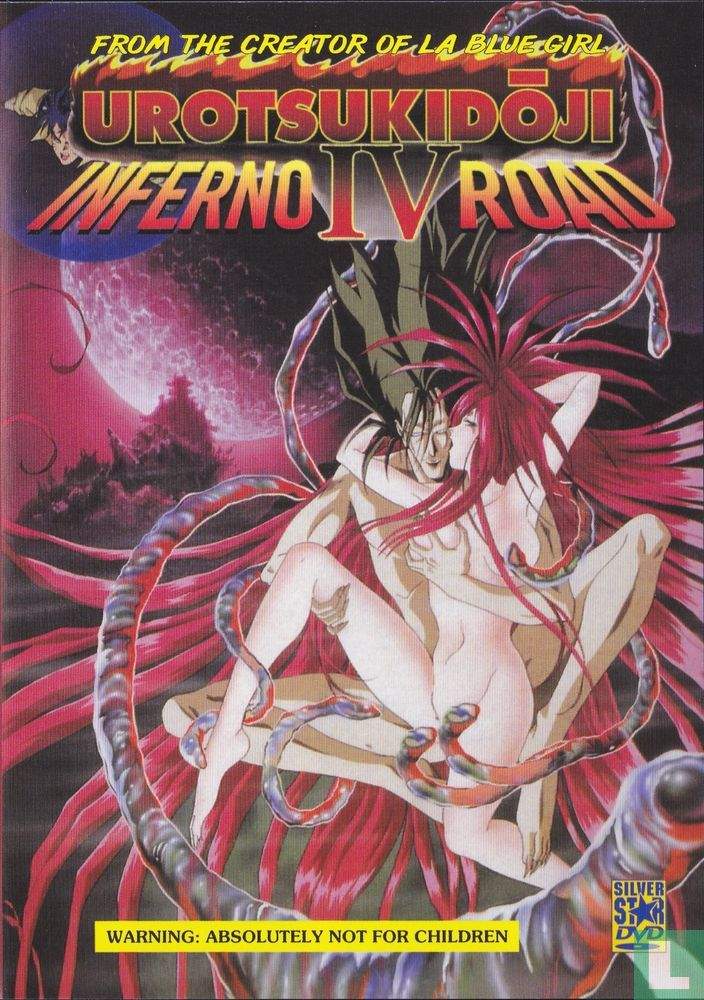
This period saw hentai diversify, exploring a variety of themes and styles, while gaining increasing recognition within global otaku culture.
The arrival of AI in hentai creation
The arrival of artificial intelligence (AI) in hentai creation marks a significant step in the evolution of this artistic genre. The first experiments with AI began to emerge a few years ago, with tools and platforms that quickly gained popularity.
Technological advancements have enabled the development of algorithms capable of analyzing and generating high-quality hentai content. These tools use machine learning and deep learning techniques to learn patterns and styles from vast databases of hentai images and videos. This allows them to create personalized and realistic content that meets user preferences (image generation, videos, interactive chatbots, roleplay…).
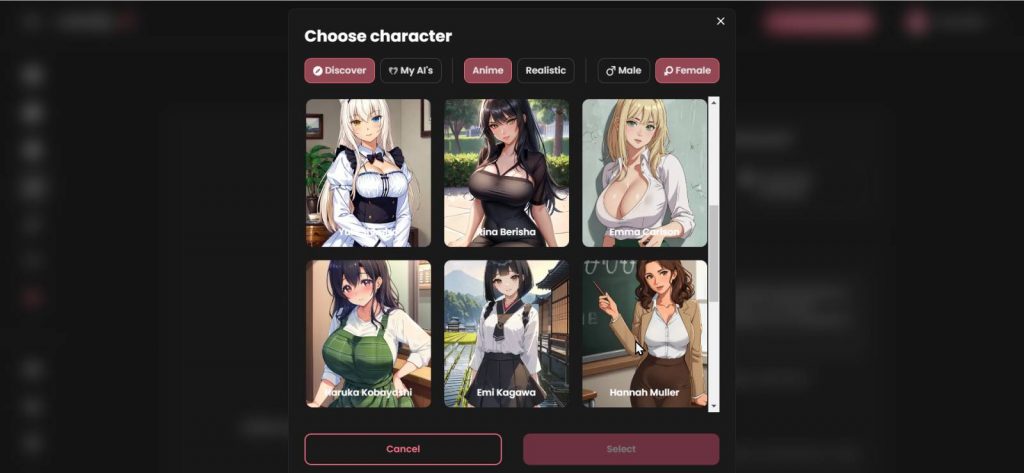
Today, several specialized tools and platforms dominate the AI hentai market:
| Tool/Platform | Features |
|---|---|
| Pornx AI | Offers free and unlimited generation of hentai images, with extensive customization and an intuitive interface. |
| Candy.ai | Provides a versatile platform with multimodal interactions (text, voice, images) and fast batch image generation. |
| GirlfriendGPT | Offers a vast library of over 25,000 models, including 1,200+ specific to hentai, allowing for in-depth character customization. |
| Nectar.ai | Distinguishes itself with unique styles like 2.5D and Asian style, with over 130 customization options available. |
These tools and platforms have revolutionized hentai creation, offering users unprecedented possibilities for customization and content creation.
The impact of AI hentai on the traditional industry
The advent of AI-generated hentai is already profoundly disrupting the traditional hentai industry, bringing both opportunities and challenges. This revolutionary technology has transformed content creation, changing the roles of artists and opening new perspectives.
Advantages for the industry:
- Increased personalization: AI tools allow for the creation of custom content, meeting specific user preferences.
- Improved productivity: Rapid image generation significantly reduces production time.
- Artistic exploration: AI facilitates the experimentation of new artistic styles and concepts.
Challenges to overcome:
- Ethical issues: The use of AI raises concerns about consent and representation.
- Copyright: Intellectual property protection becomes more complex with AI-generated art.
- Artistic authenticity: The value of human-created art versus AI-generated art is being questioned.
The traditional hentai industry is adapting to these changes. Artists are exploring new roles, combining their skills with AI tools to create unique works. Some specialize in refining and customizing AI-generated images, while others focus on creating creative prompts.
Production studios are integrating AI into their processes, optimizing content creation while preserving the human touch. This synergy between humans and machines opens the way for exciting innovations in the field of hentai, promising a continuous evolution of the genre.
The future of hentai in the age of AI
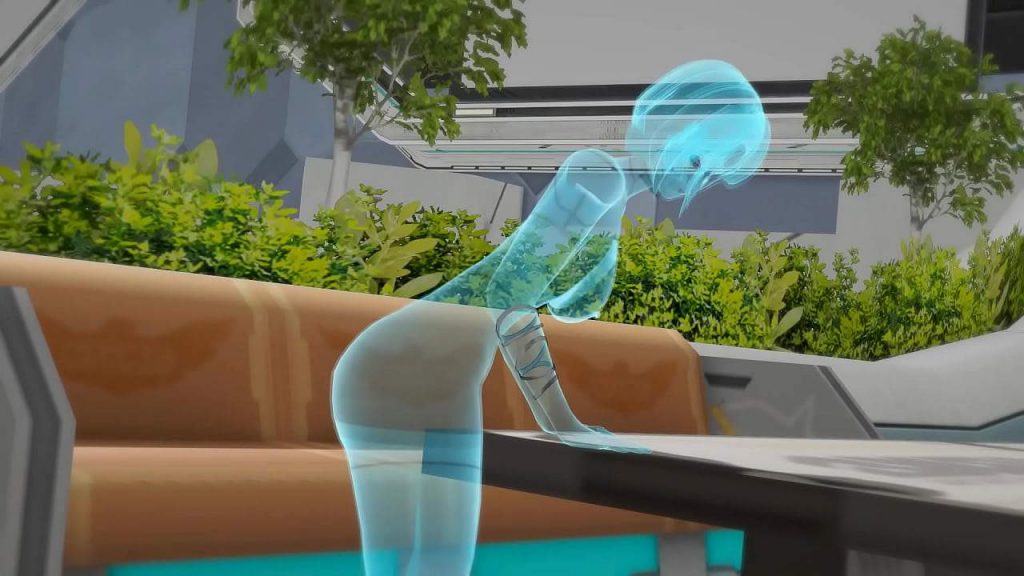
The future of hentai in the age of artificial intelligence promises to be rich in innovations and creative possibilities. Here are the main emerging trends and prospects for the evolution of the genre:
- Hyperrealism: AI algorithms will make it possible to create characters and scenes of striking realism, blurring the line between animation and reality.
- Immersive interactivity: The integration of virtual and augmented reality will offer more immersive and personalized hentai experiences.
- Dynamic storytelling: AI systems will generate complex and adaptive scenarios, adjusting to user preferences in real time.
- Constant improvement in visual quality: Photorealistic rendering and fluid animations
- Fusion of styles: AI will facilitate the mixing of different artistic styles, creating unique and innovative hentai works.
- Advanced personalization: Users will be able (they already can) to create custom characters, with specific physical and personality traits.
- Multi-sensory experiences: Integration of sound, touch, and even smells
These advances promise to revolutionize the genre, offering creators and consumers new ways to explore and appreciate hentai in a constantly evolving technological context.

